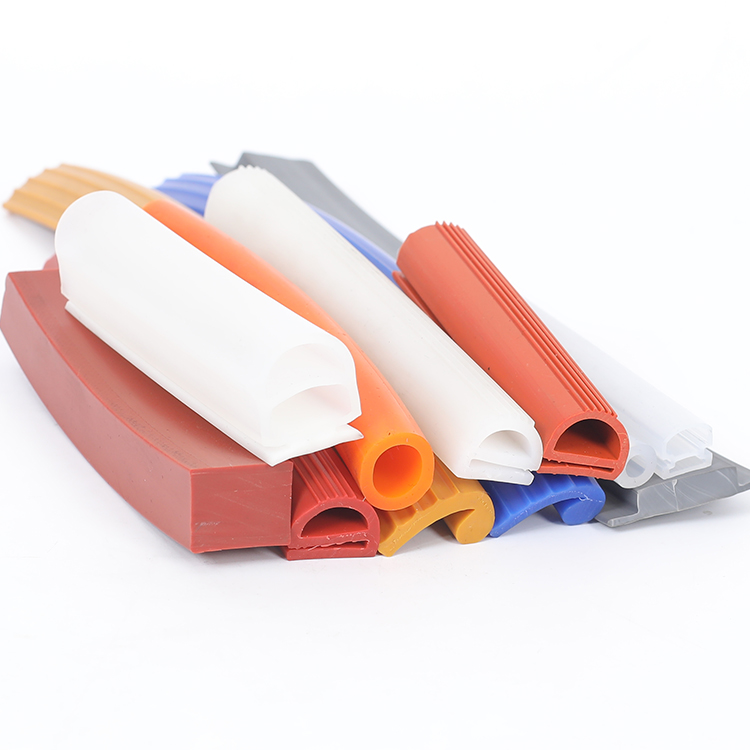Nov . 22, 2024 18:55 Back to list
winter weather stripping
Understanding Winter Weather Stripping A Complete Guide
As the winter months approach, homeowners begin prepping their houses for the chilling temperatures and relentless winds that often accompany the season. One of the most effective and economical ways to ensure a warm and cozy home during winter is through the use of weather stripping. This simple, yet essential, solution can greatly enhance a home's energy efficiency, reduce heating bills, and improve indoor comfort.
What is Weather Stripping?
Weather stripping is a material used to seal gaps and cracks around doors, windows, and other openings in a home. It acts as a barrier against cold air infiltrating your living space, thereby maintaining a steady indoor temperature. Properly applied weather stripping can save a significant amount on heating costs and reduce drafts, moisture intrusion, and the associated discomfort that comes with them.
The Importance of Weather Stripping
The benefits of weather stripping extend beyond just comfort. Here’s why you should consider it this winter
1. Energy Efficiency Inadequate insulation and air leaks can lead to increased energy consumption as heating systems work harder to maintain desired temperatures. Weather stripping effectively fills those gaps, ensuring that your heating system operates more efficiently.
2. Cost Savings By minimizing energy loss, you’ll likely notice a considerable reduction in your heating bills. The return on investment for weather stripping is typically quick, often paying for itself within a single season.
3. Enhanced Comfort Air leaks can lead to cold spots in your home, making certain areas uncomfortable. Weather stripping promotes a consistent temperature throughout your space, ensuring you stay warm wherever you are.
4. Improved Air Quality Gaps around windows and doors can allow dust, pollen, and other allergens to enter your home. Sealing these gaps with weather stripping helps improve indoor air quality, which is especially important for those with allergies or respiratory issues.
5. Noise Reduction Weather stripping can also dampen outside noise, creating a quieter, more peaceful living environment.
Types of Weather Stripping
There are several different types of weather stripping materials, each suited for various applications
1. V-strip This flexible, durable strip can be tucked into seams and crevices. It’s ideal for sealing the edges of windows and doors.
winter weather stripping

2. Felt An economical option, felt weather stripping is best for the inside edges of doors and windows. However, it may wear out quickly compared to more durable materials.
3. Rubber and Vinyl These materials provide excellent insulation and can be self-adhesive for easy application. They work well around doors and windows, making them a common choice for homeowners.
4. Foam tape This is a versatile and easy-to-apply option. It's especially effective around windows and doors and can be cut to size as needed.
5. Door sweeps These are installed at the bottom of doors. They seal the gap between the door and the floor, preventing cold drafts and improving insulation.
How to Install Weather Stripping
Installing weather stripping is a simple DIY project that requires minimal tools. Here’s a step-by-step guide on how to do it
1. Identify Leaks On a cold day, feel around windows and doors for drafts. You can also use a candle or a smoke pencil to detect air movement.
2. Choose the Right Weather Stripping Based on your leak detection, select the appropriate weather stripping material.
3. Measure and Cut Measure the areas you need to seal, cut the weather stripping material to the right lengths.
4. Clean the Surface Ensure the surface where you’ll apply the weather stripping is clean and free of debris.
5. Apply Weather Stripping Follow the manufacturer’s instructions for application. Most self-adhesive options simply require peeling and sticking.
6. Test for Efficacy After application, repeat the draft test to ensure seals are tight and effective.
Conclusion
As winter sets in, investing time and effort into installing weather stripping can pay off immensely in terms of comfort, energy savings, and improved indoor air quality. By addressing small drafts and air leaks, homeowners create a more inviting and livable environment, turning their homes into warm sanctuaries against the cold. Don’t let winter’s chill catch you unprepared—make weather stripping a priority this season!




